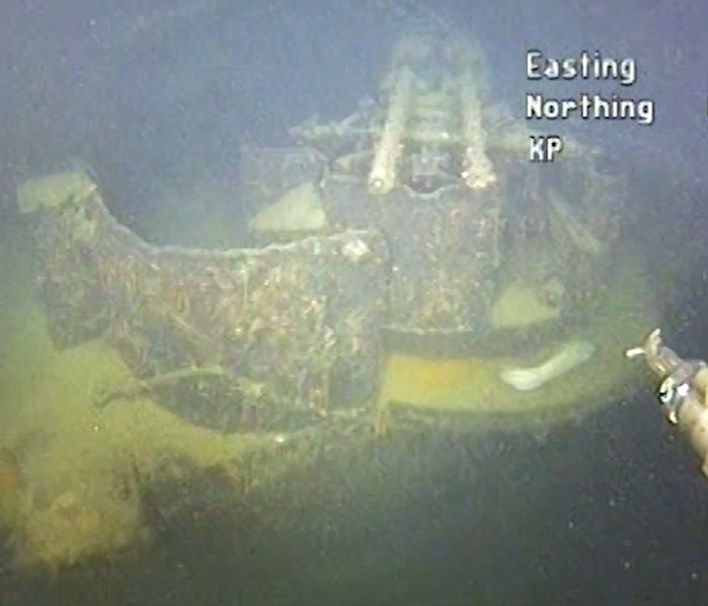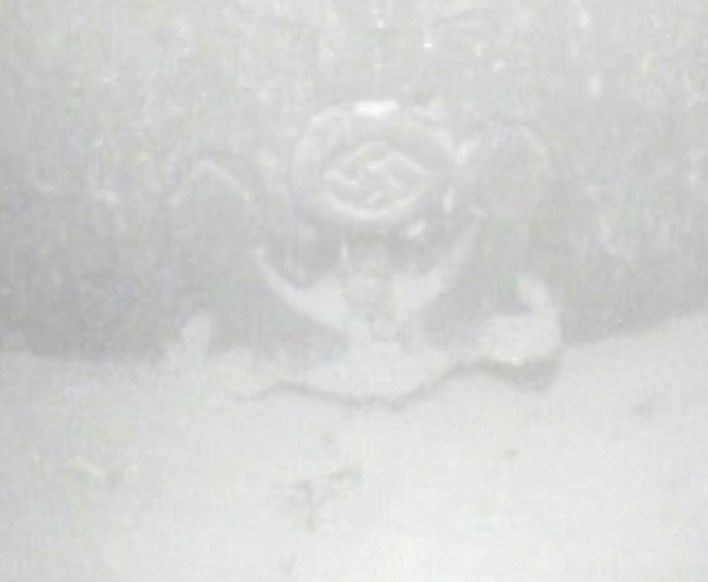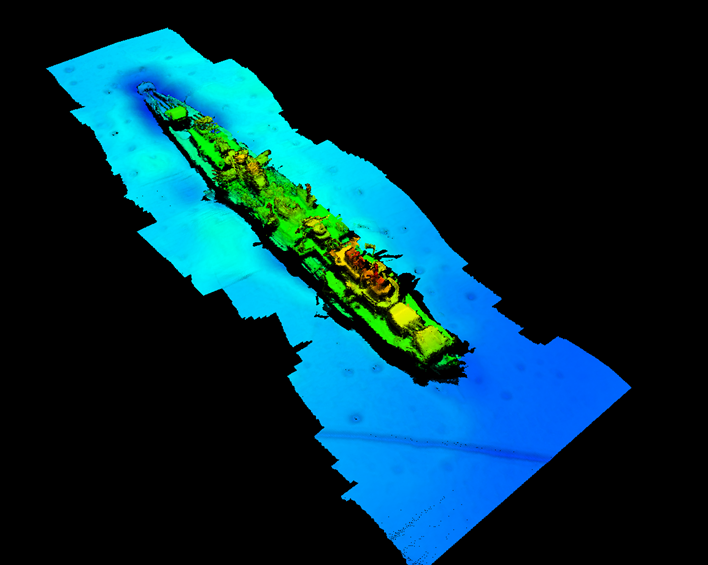Eighty years after being sunk, the warship that led the attack on the town of Kristiansand during the invasion of Norway—the German cruiser Karlsrühe—has been found.
The cruiser, which came under fire from Norwegian artillery, hit by a British torpedo, and ultimately scuttled by the Germans in 1940, was discovered this summer off the coast of Norway by the company Statnett, the state-owned operator of the Norwegian power system.
“You can find Karlsruhe’s fate in history books, but no one has known exactly where the ship sunk,” said Frode Kvalø, archaeologist and researcher at the Norwegian Maritime Museum, in a statement to Statnett. “Moreover, it was the only large German warship that was lost during the attack on Norway with an unknown position. After all these years we finally know where the graveyard to this important warship is.”

Despite the German aggression, it was the British that first violated Norwegian neutrality. On February 26, 1940, Prime Minister Winston Churchill received intelligence that British prisoners were being ferried by the German Altmark within Norwegian waters. Churchill ordered the ship seized.
The subsequent seizure resulted in the Altmark being chased, hauled to, and boarded, with four German crewman killed and five wounded in the brief melee. When the news reached Adolf Hitler, the enraged führer ordered an accelerated timeline for the German invasion of Scandinavia—which would vastly expand Germany’s access to the Atlantic for the planned submarine blockade of the British Isles.
Beginning at dawn on Sunday, April 7, 1940 Nazi Germany launched a hasty, preemptive strike on the nation of Norway. Backed by Allied forces, the Norwegian Army launched a desperate defense until June of that year. However, the Germans were barely stymied, as the Wehrmacht quickly closed in on the Norwegian cities of Narvik, Trondheim, and Oslo.
A shocked Winston Churchill, then Britain’s First Lord of the Admiralty, told his staff that Sunday, “we have been completely outwitted.”
Helping to launch Operation Weserübung on April 9, 1940, the Karlsrühe at 571 feet long was one of the largest ships within the attacking flotilla. Under the command of Rear Admiral Otto Schenk––who would survive the war––the cruiser came under fire from the Odderøya Fortress. Navigating through ominously dense fog the Karlsrühe was eventually severely crippled by the British submarine, Truant, and ordered to be sunk by Schenk.
Today, despite 80 years of resting 1,600 feet below sea level, the Karlsrühe is remarkably intact—with the Nazi swastika still eerily visible.

“The underwater images of Karlsruhe show a rare sight. Normally, big warships with a high center of gravity will turn around when they sink,” Kvalø pointed out. Yet the “Karlsruhe stands firmly 490 meters below sea level with cannons pointing menacingly into the sea. With the main battery of nine cannons in three triple turrets, this was the largest and most fearsome ship in the attack group against Kristiansand.”
Signs of the wreckage were first detected three years ago when sonar picked up an image 15 meters from an underwater power cable some 13 nautical miles off the coast of Kristiansand, Norway. But it wasn’t until this summer that Ole Petter Hobberstad, Statnett’s senior project engineer, further investigated the scene from the vessel Olympic Taurus.
“When the ROV results showed us a ship that was torpedoed, we realized it was from the war. As the cannons became visible on the screen, we understood it was a huge warship. We were very excited and surprised that the wreck was so big,” Hobberstad said in the statement from Statnett. “To find such a special war wreck is rare and extra fun for us who work with underwater investigations.”





